Although I was born in Caracas - Venezuela, a good part of my maternal family is from the Guaraní plains, I have been married twice and it has been to llaneras, a great part of my life has been spent in the plains so...
I write about the llano because I have lived it,
I write of the llano because I feel it,
I write about the llano because I carry it inside me!
The Plains
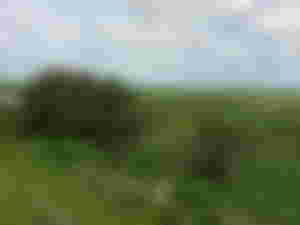
View of the Apureña plains - Venezuela
A good portion of the Venezuelan territory is considered plains or plains. From the eastern plains, south of the states of Monagas and Anzoátegui, continuing through our central western plains with the states of Apure, Cojedes, Portuguesa, Barinas and my beloved Guárico!
An immense plain whose horizon is lost from sight, a plain that is traveled by the man, who is called "llanero", on horseback in the summer that sometimes changes for a curiara or canoe in the summer. Yes, because it is perhaps the region of the country where the break of the seasons of drought or rain is most felt and this happens because in our plains are the most abundant rivers, all born in the Andean foothills and are tributaries of the largest of the rivers in Venezuela, the majestic Orinoco. Among these rivers we have: Apure River; Portuguesa; Santo Domingo; Masparro, Boconó and Guárico being this last one the one that is not born in the Andean mountains, since its source occurs in the central highlands area of Belén, Carabobo state.
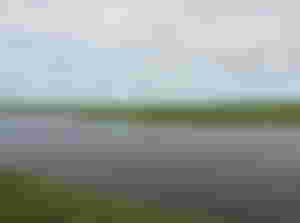
The rivers overflow flooding the savannah.
But in addition to these large rivers, in the plains we have springs such as the Cunaviche, Capanaparo, Guariquito, as well as large and small springs called Morichales that meander between the large palm trees that give rise to that name, the Moriche palm.

In our plains are located the great centers of agricultural production, reason why it is considered the Granary of Venezuela. The plains are home to reservoirs that allow agricultural production under irrigation, such as the SRRG (Guárico River Irrigation System) where the largest rice production in the country is obtained. Las Majaguas Reservoir, located in Portuguesa State, has a more diversified production of rice, sugar cane, corn and livestock. The Guanare - Masparro system, which includes the states of Portuguesa and Barinas, also has diversified production.
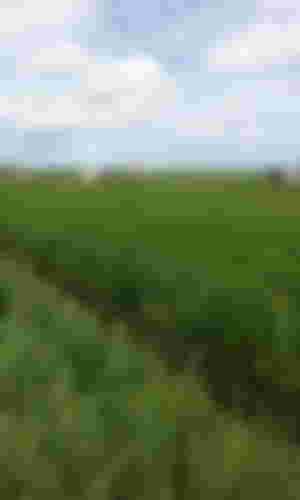
UCV - Agronomy students in a rice field in Guarico.
But outside the large irrigation systems, these states are also responsible for the production of other cereals such as sorghum, basically as raw material for the production of concentrated animal feed. Cotton, for the decadent textile industry, sunflower, sesame and some soybean as oleaginous products.

Grain sorghum crop
And of course, an important area in cattle breeding that supplies meat, milk and by-products to the central states, Capital District, Miranda, Aragua and Carabobo, where a very high percentage of the Venezuelan population is concentrated.

Llaneros making cheese
Having described our plains in broad strokes, let's talk about ....
Llanero. Man of the Country

Plainsmen on Horseback
There is a popular saying that says "The "llanero" is the size of the commitment that is presented to him", when I speak of the "llanero" I mean the tough man on horseback, courageous, generous and hospitable who performs hard work and generally begins early in the morning with the milking of the cows and the tour of the paddocks (internal divisions of land lots).

In milking work to obtain the milk
He drives the cattle, cures them of worms, or other parasites and diseases. He is in charge of repairing the perimeter and internal fences.

Working on the internal fencing of the farm.
The llanero is famous for his song to the savannah, to the beautiful women, to the improvisation of his singing in what is known as contrapunteo, which is like a "give and take" in a sung or musical fight. It is impressive how he enjoys the sound of the "pata" of a harp, cuatro and maracas, but he also sings to the cows during milking to distract them, calm them down and make them settle the milk so they produce more, that is his belief!
The llanero is famous for his song to the savannah, to the beautiful women, to the improvisation of his singing in what is known as contrapunteo, which is like a "give and take" in a sung or musical fight. It is impressive how he enjoys the sound of the "pata" of a harp, cuatro and maracas, but he also sings to the cows during milking to distract them, calm them down and make them settle the milk so they produce more, that is his belief!
Our plain, by its own natural condition and amplitude, shelters an infinity of fauna.

Anaconda and UCV Students - Agronomy - Maracay

Capybaras in Hato El Cedral - Apure Venezuela

Caiman in Hato El Cedral - Apure - Venezuela
When the drought is severe, the alternative are the "prestamos", which are rectangular boxes that are left at the margin of the embankments when earth is extracted for the construction of these (embankments) or the construction of artificial lagoons for the cattle to drink water or from the lagoons to pump water to the corrals or paddocks.
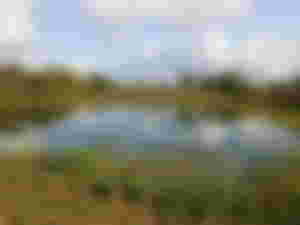
Artificial lagoon for animal consumption
There are so many things to enjoy, from the early morning milking, with the singing supporting the head of the cow's flank. Taking the calves away from the cows to take them to the small paddock. Driving the cows to the chute that takes them to the paddocks.
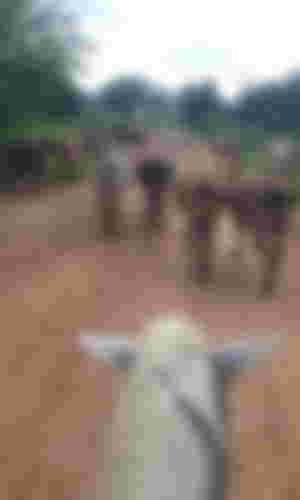
Cowboy leading herd to the paddocks.
Two of our great writers were inspired by our llano for their famous works, Don Rómulo Gallegos and his famous Doña Barbará, a tough woman of the llano only "tamed" by Santos Luzardo and El poema al Apure by our poet of the people Andrés Eloy Blanco.
Doña Barbará has been taken to the movies on several occasions, as well as in novels for Spanish-language television.
Our second national anthem is a song from the plains to Venezuela with our "Alma Llanera", by our famous composer
by our famous composer Don Pedro Elías Gutiérrez.
If there is a world language, it is music!


For me it was an immense pleasure to write about our plain

Original photographic support and writing by oizaguirres.

Translated with www.DeepL.com/Translator (free version)
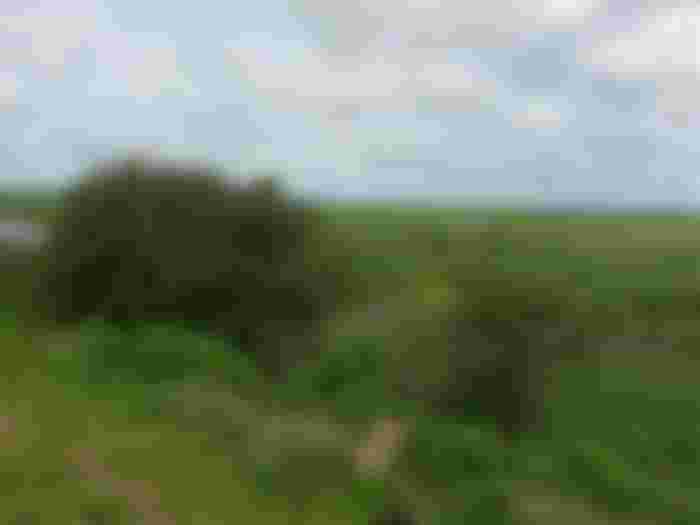
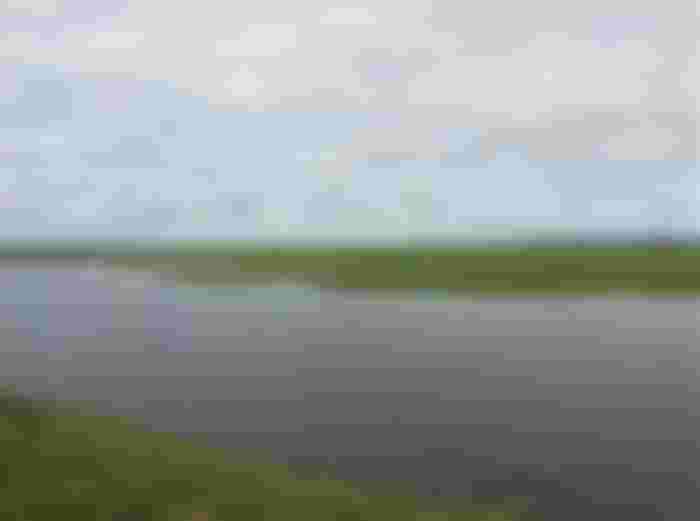

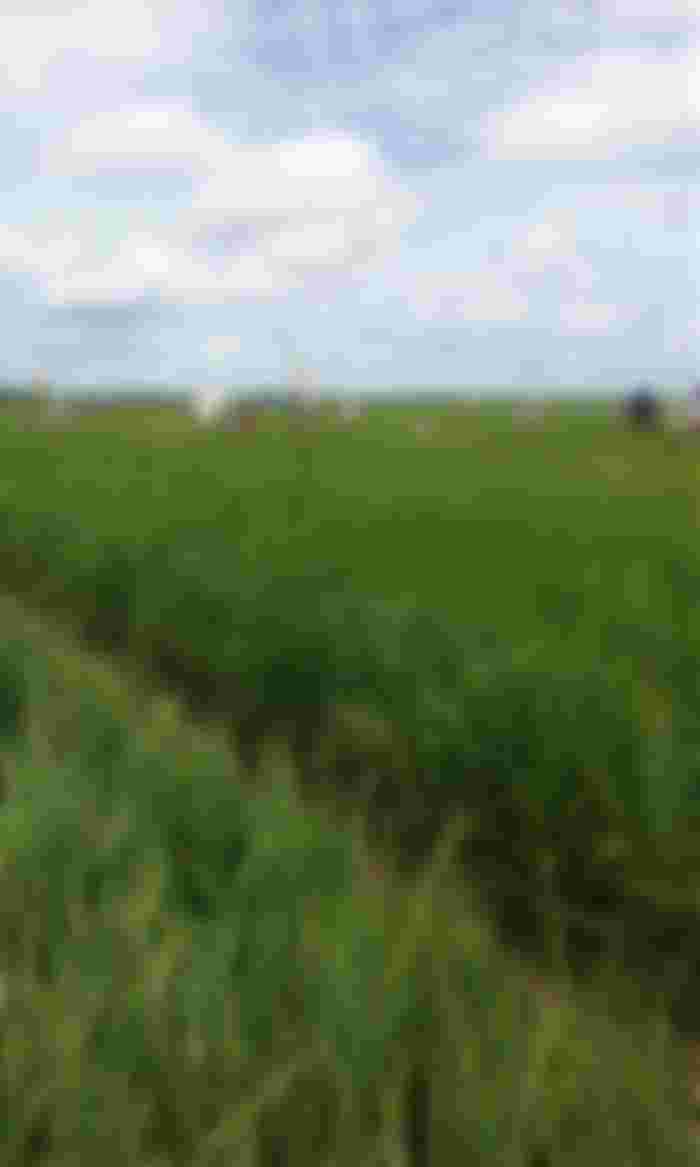

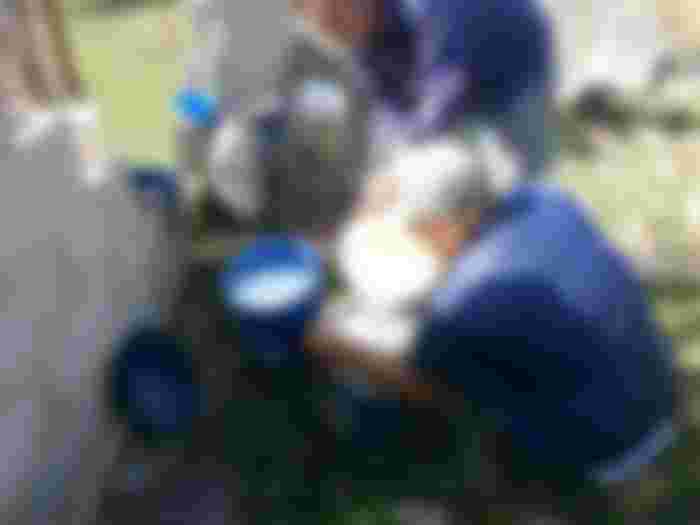
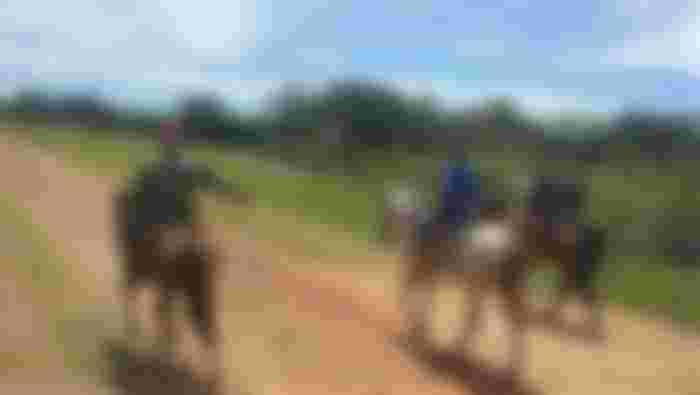
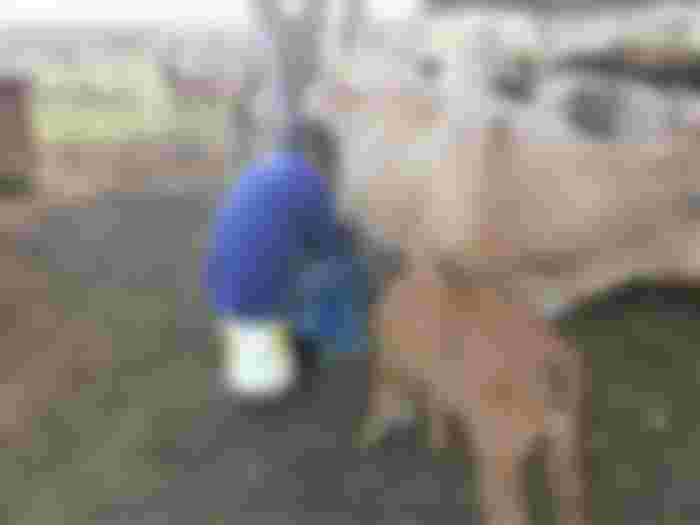
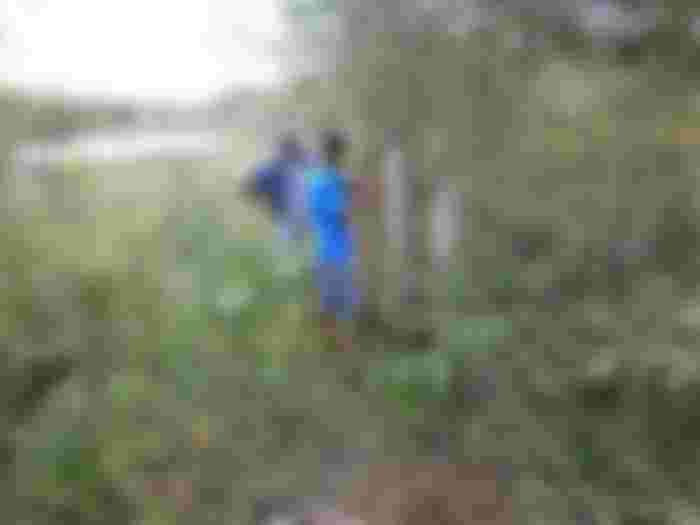

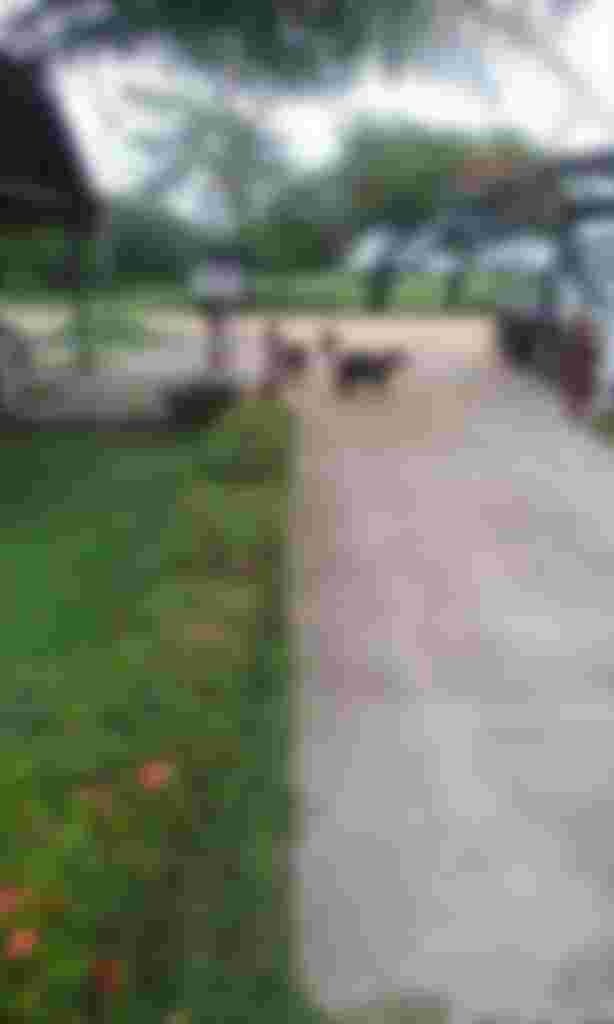
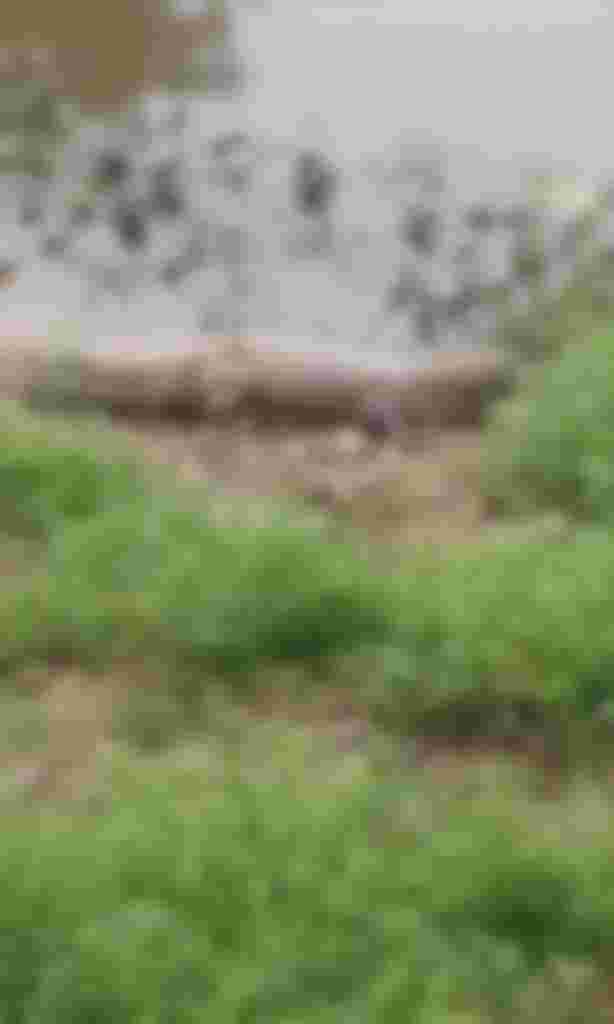

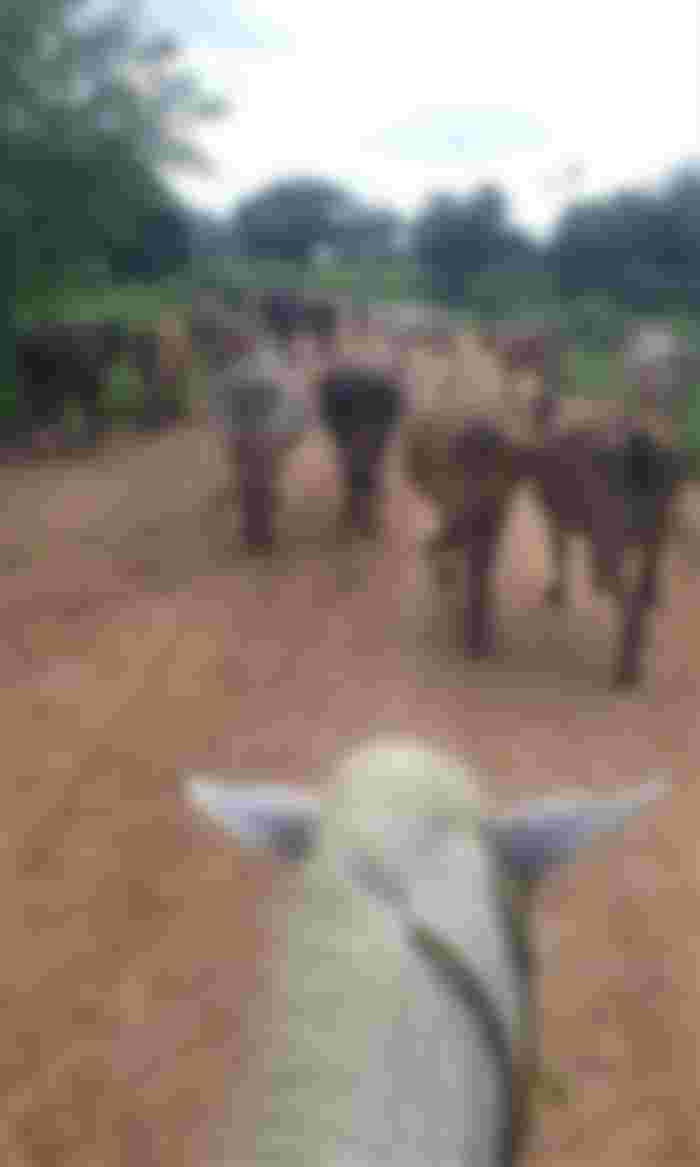
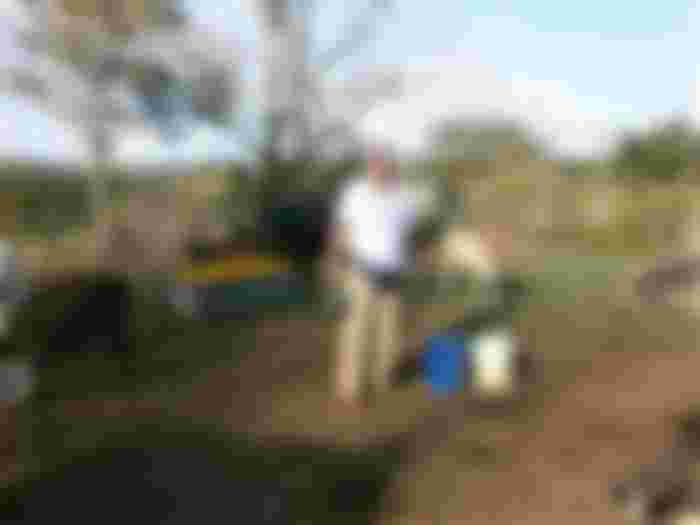


nice Very beautiful view